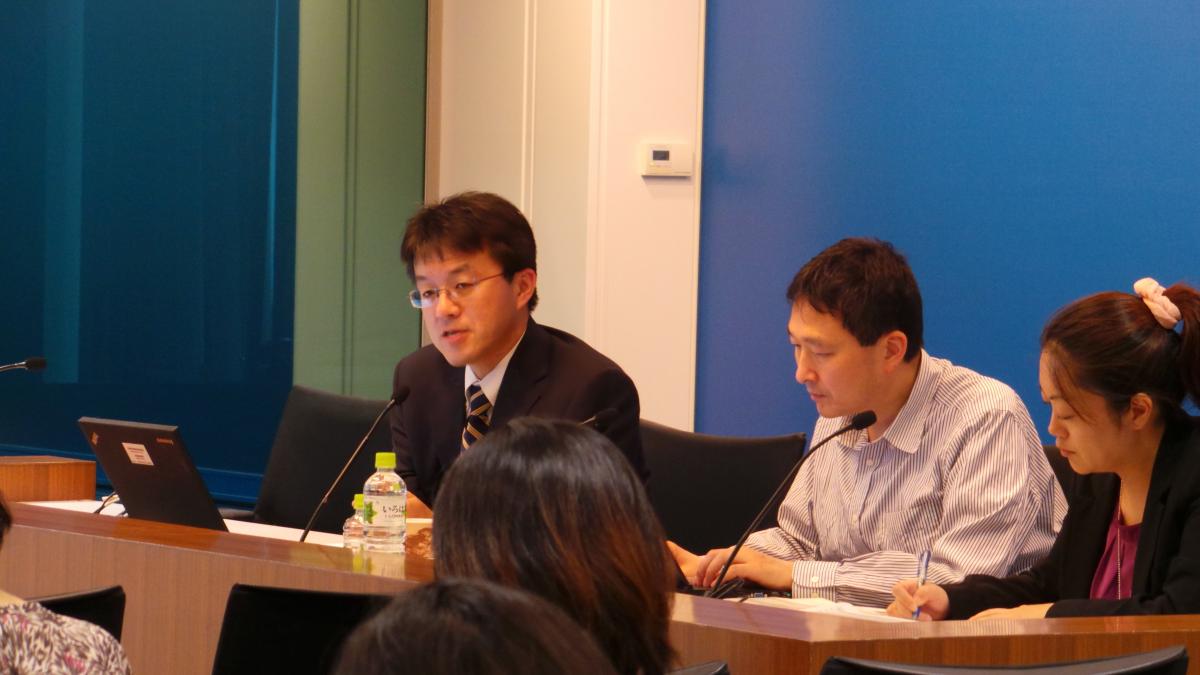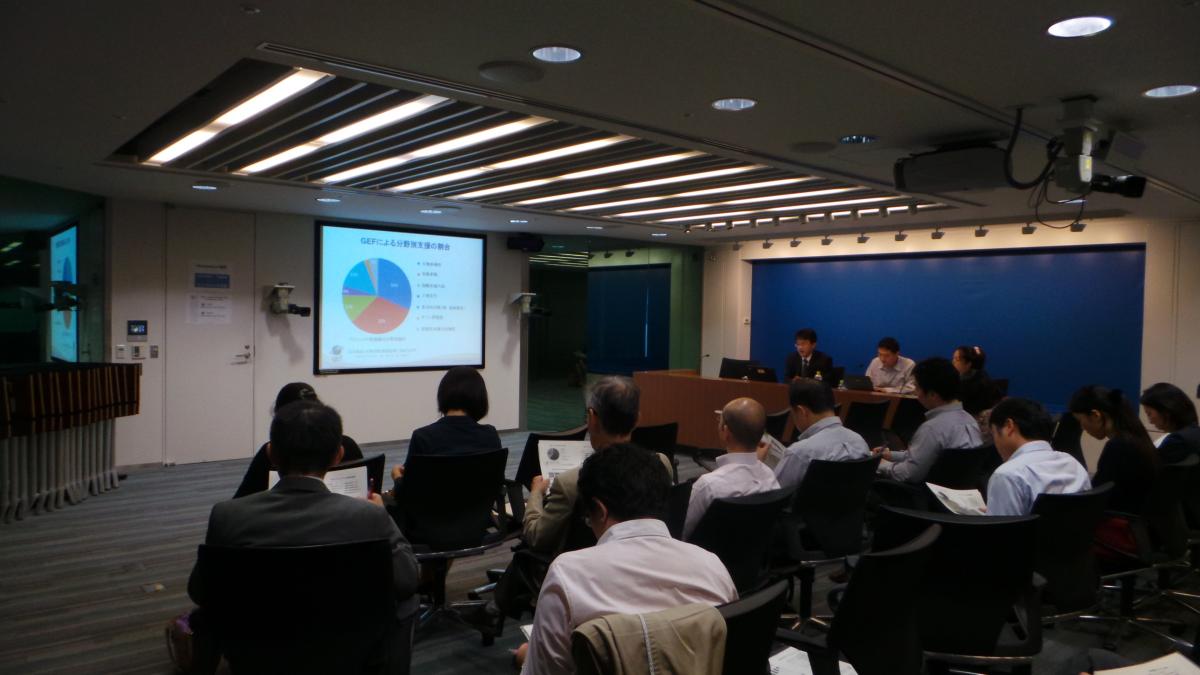
On January 19, 2013, during the fifth meeting of the Intergovernmental Negotiating Committee, participating nations selected the Global Environment facility to fund the implementation of a new international treaty committed to the reduction and eventual elimination of mercury contamination: The Minamata Convention on Mercury. "The Convention is named for a fishing village, in my home country of Japan, which suffered tragically due to mercury contamination. In the coming years, the GEF will utilize its convening power to promote innovation in the design and scaling up of mercury programs to prevent such a tragedy from ever happening again" said Naoko Ishii, CEO and Chairperson of the GEF.
At the fifth session of the intergovernmental negotiating committee to prepare a global legally binding instrument on mercury, held in Geneva from 13 to 18 January 2013, Governments successfully completed their negotiations. They agreed to the text of the “Minamata Convention on Mercury”, which will be presented for adoption and opened for signature at the Conference of Plenipotentiaries.
This Diplomatic Conference on the “Minamata Convention on Mercury” will be held in Minamata and Kumamoto, Japan, from 9 to 11 October 2013 and is preceded by an open-ended intergovernmental preparatory meeting from 7 to 8 October 2013.
Almost from its inception, the Global Environment Facility has been supporting significant efforts to address the challenges of managing and eliminating the use of mercury, in particular in the artisanal and small scale gold mining sector.
On October 4, 2013, the GEF and the World Bank organized a seminar titled "Minamata Convention on Mercury and the Role of the GEF" at the World Bank Tokyo Office.
The Diplomatic Conference aims to prevent global environmental pollution and health damage caused by mercury. The Minamata Convention on Mercury will be presented for adoption and opened for signature at the Conference. The GEF-World Bank seminar highlighted the GEF’s role and achievement for global environmental benefits, significant step towards addressing global mercury pollution, and the way to stepped-up efforts under the new Convention.
Ms. Yukako Hiraki, the World Bank Tokyo Office, opened the seminar as a moderator.
Mr. Hiroaki Takiguchi, GEF Senior Environmental Specialist, made a presentation on the GEF’s role to serve as an entity comprising the financial mechanism under the Minamata Convention on Mercury. Mr. Takiguchi stressed that the GEF is ready to provide financial and technical support for developing countries and countries with economies in transition. Mr. Takiguchi also introduced mercury projects the GEF has invested in the GEF-5 replenishment period as well as GEF’s next step to support countries to ratify and implement the Convention.

(Left to right) Mr. Takiguchi, Prof. Yarime and Ms. Hiraki
As a commentator, Prof. Masaru Yarime, the University of Tokyo, focused on challenges in sustainable management of mercury. He also explained strengths and weakness of positive- and negative- list approaches.
Participants in the seminar included government officials, media reporters, experts from universities and research organizations, and practitioners from CSOs and the private sector. Participants asked questions about the special program for capacity building and technical assistance under the Convention, cooperation between Japan and the GEF, future important areas the GEF is going to focus on in reducing mercury.

Participants are listening to the presentation